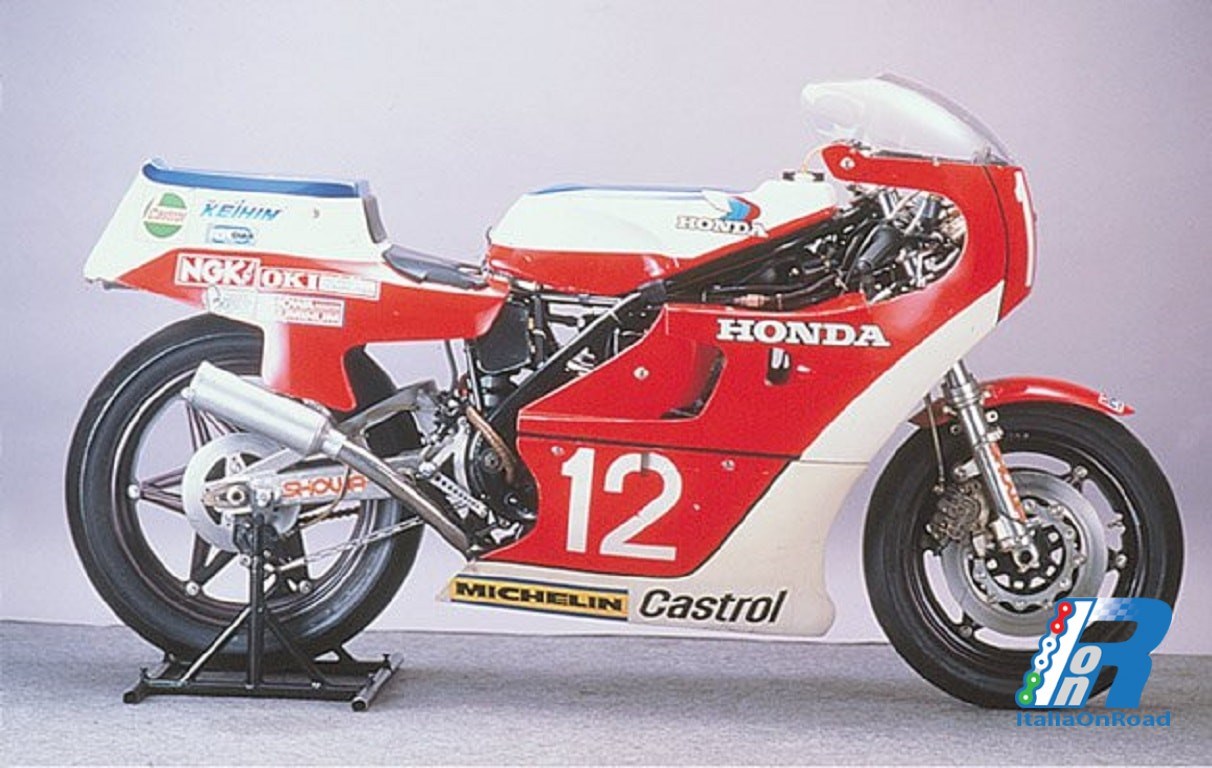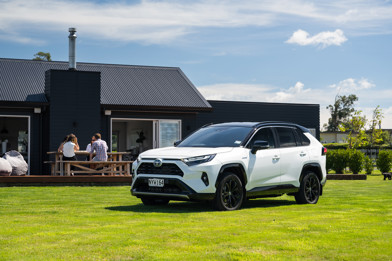Who says the pistons in an internal combustion engine have to be round? Not Honda, which remains the only motorcycle (or car for that matter) maker to have experimented with oval ones.
But why? Well, it’s partly down to the bloody-mindedness/passion of Soichiro Honda, who always championed smooth four-stroke engines over less efficient and less aurally pleasing two-stroke units.

When Honda decided to get back into Grand Prix racing in the late-1970s, it created the NR (New Racing) series of bikes. The top 500cc four-cylinder GP class was dominated by light, high-revving two-stroke engines, which were the preferred format for maximum power.
But Honda decided to take on the twos with a new four-stroke GP powerplant. To match the class best on power, some left-of-centre thinking was required; the oval piston engine (OX) was developed for the 1979 season, featuring a 100-degree bank angle, eight valves per cylinder (the key to more power and the reason for the longer pistons) and two connecting rods per piston. So yes, Honda had kind of made a V8 – but within a V4 configuration.
Brilliant… although it didn’t work brilliantly. There were major problems with the geartrain and valve system, and the OX engine was much heavier than the two-stroke competition. Even with the issues largely sorted, ultimately the NR500 only won one race: the 1981 Suzuka 500km.
The NS500, with a two-stroke engine, was introduced for 1982, as a compromise to try and improve Honda’s GP results. Development of the oval concept continued into 1983, but the two-stroke bikes worked too well and the final iteration of the oval engine, the 3X, never got a chance to race.
All that R&D didn’t go completely to waste, though. Honda developed the NR750 endurance racer in 1987 and it evolved it into the 1992 NR road bike. The latter was one of the most expensive motorcycles ever made (over NZ$100k at the time) and very limited in production, with approximately 300 made.









